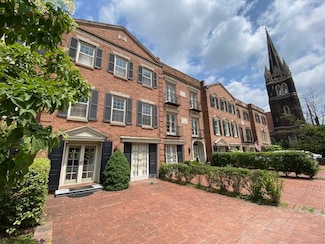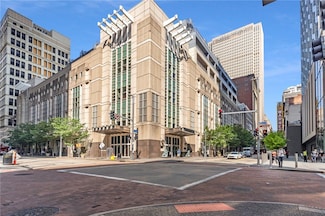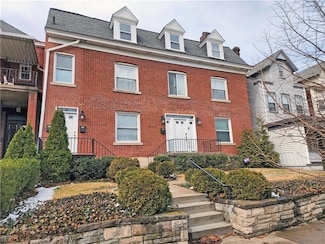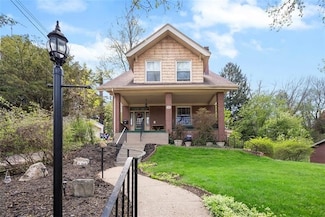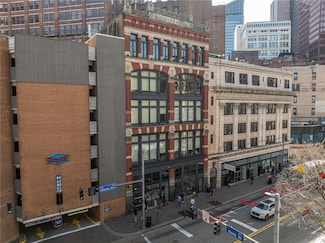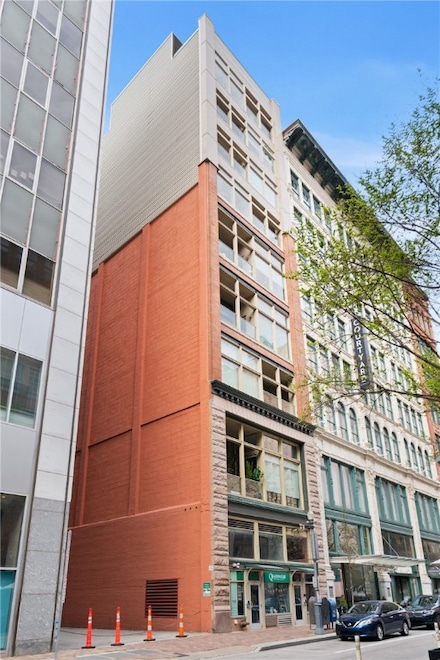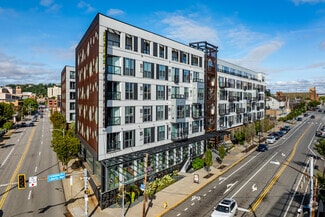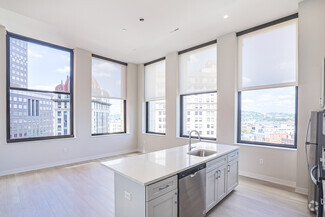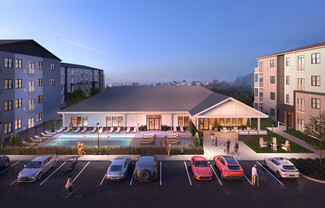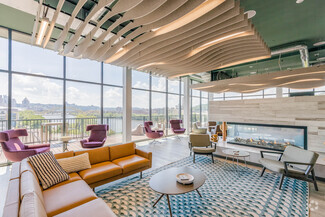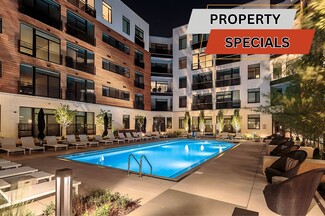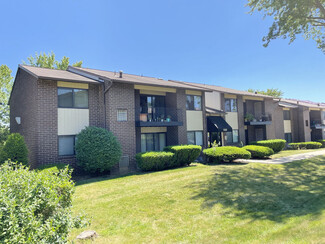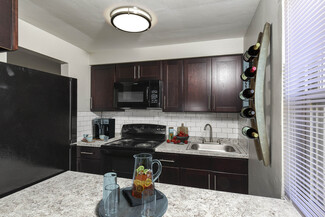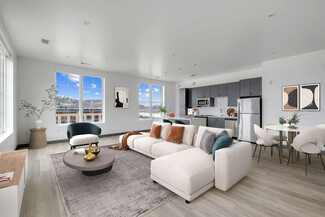Pittsburgh's three rivers converge at Point State Park, creating a stunning backdrop for this former industrial powerhouse turned tech and healthcare hub. The city's 446 bridges connect distinct neighborhoods, each with its own character. Residents enjoy panoramic city views from Mount Washington's overlook and the historic Duquesne Incline. The Strip District bustles with local vendors selling fresh produce, ethnic foods, and sports merchandise, while the Cultural District downtown hosts numerous theaters and galleries. The Andy Warhol Museum, Carnegie Museum of Natural History, and Phipps Conservatory provide year-round cultural experiences. Food lovers frequent upscale establishments like Pusadee's Garden for Thai cuisine and Morcilla for Spanish tapas in Lawrenceville.
The housing market includes diverse options across neighborhoods. Single-family homes in Squirrel Hill South have a median price of $510,800, while Highland Park's median reaches $595,000. Point Breeze commands higher prices with a median of $765,000. More affordable single-family options exist in Bloomfield, where the median price is $352,800. Townhouses in East Liberty have a median price of $355,000. One-bedroom condos throughout Pittsburgh have a median price of $185,000, while two-bedroom condos have a median price of $269,500.
Pittsburgh's cost of living sits 1.7% below the national average. A family with school-age children needs approximately $105,000 annually to live comfortably, while renters should aim for $58,000. The property tax rate is 1.57%, and Pennsylvania's state income tax is 3.07%. The combined sales tax rate reaches 6.34%. Monthly grocery costs average $1,500 for families and $700 for renters. Housing expenses typically run $2,300 monthly for families and $2,200 for renters. Gasoline costs $3.60 per gallon.
Private education options include Winchester Thurston School and St. Edmund's Academy, both rated A plus by Niche. The city houses several prestigious universities, including Carnegie Mellon University and the University of Pittsburgh. Public transportation includes buses, light rail, and two historic inclines, while major highways I-376, I-279, and I-79 serve commuters.














